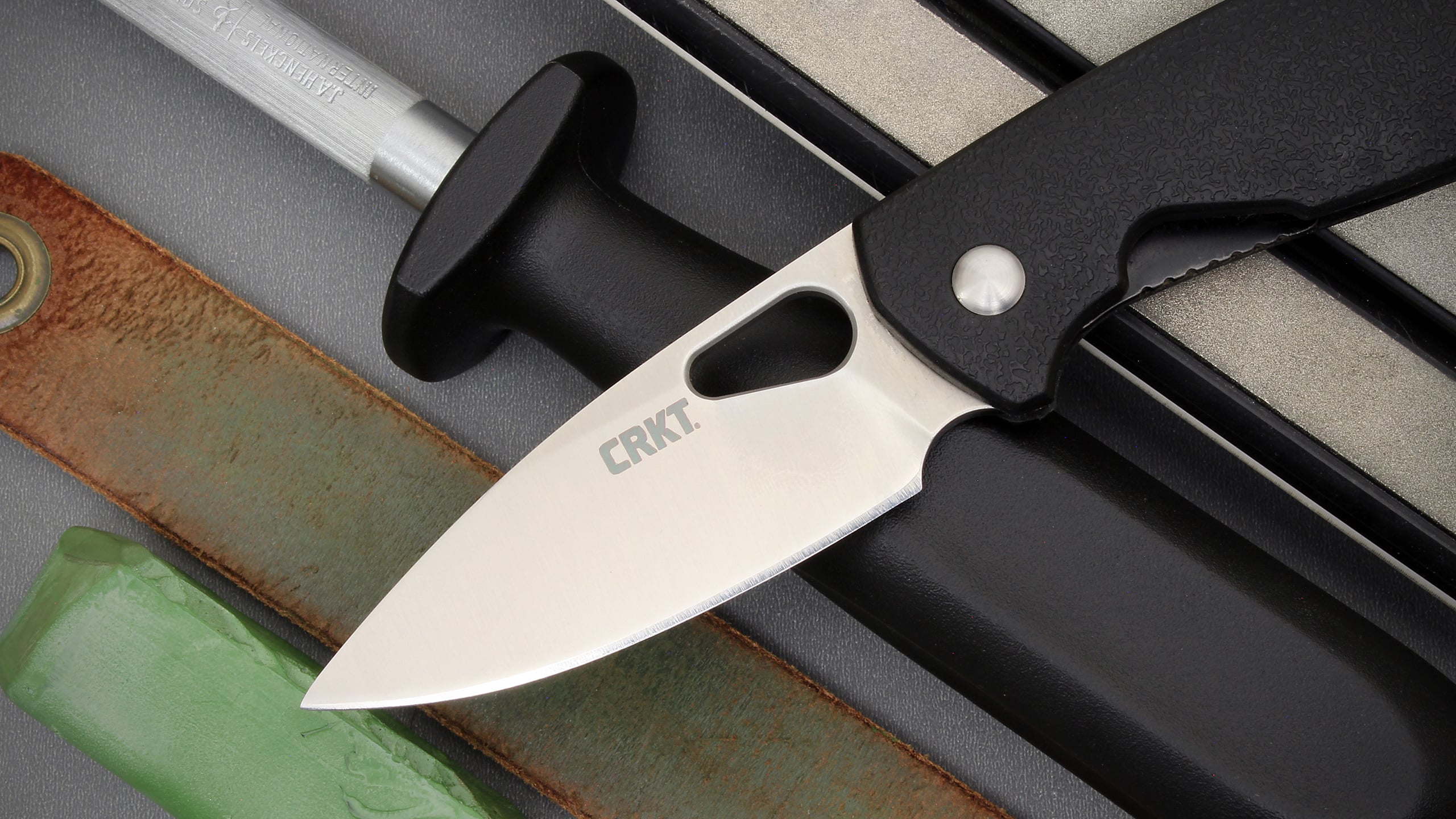For us, “Drill Practice” is isolating an individual part of a skill and focusing intently on improving or mastering said skill. The goal with good drill practice is to maximize overall improvement while minimizing overall effort. Success equals consistency over time.
Having just finished teaching a rifle course, shooting rifles is fresh on my mind. Training with rifles at longer distances is challenging, as outdoor ranges with longer-distance bays seem to be few and far between these days. With that in mind, here is a 25-yard drill with a good balance of speed and accuracy. The distances and course of fire will vary, but the par time remains the same at 2.5 seconds. The start position is the low ready. We define the low ready as the rifle’s muzzle being depressed downward to at least a 45-degree angle relative to your line of sight. You will need an IDPA-type target for this drill, since we will be engaging a reduced target or, in this case, the head box. Position yourself at the 25-yard line and move forward, finishing at the 5-yard line. This particular drill calls for a single magazine of 10 rounds total. Scoring is a little different. Score hits as follows: Hits in the A-zone are 10 points, B- and C-zone hits are seven points and D-zone hits are five points.
Here’s the drill:
Starting at the 25-yard line, set the timer for 2.5 seconds. For every second exceeding the par time, deduct three points from your overall score. The goal is to score 80 percent or greater.
• From the 25-yard line, on the signal, fire one round to the head box.
• Move to the 15-yard line. On the signal, fire two rounds to the body.
• Move to the 10-yard line. On the signal, fire three rounds to the body.
• Move to the 7-yard line. On the signal, fire two rounds to the body and one round to the head box (the classic failure drill).
• Move to the 5-yard line. On the signal, fire one round to the head box.
The objective is to remember your mechanical offset and maintain a good connection with the rifle. The shots to the head box will be tricky, since you must account for two different target sizes. Pulling the rifle into the shoulder pocket and ensuring a good cheek weld are key to successfully accomplishing this drill—you may need to pull harder than you think. After that, it is just trigger control and follow-through.
Good luck.
Read the full article here












Leave a Reply